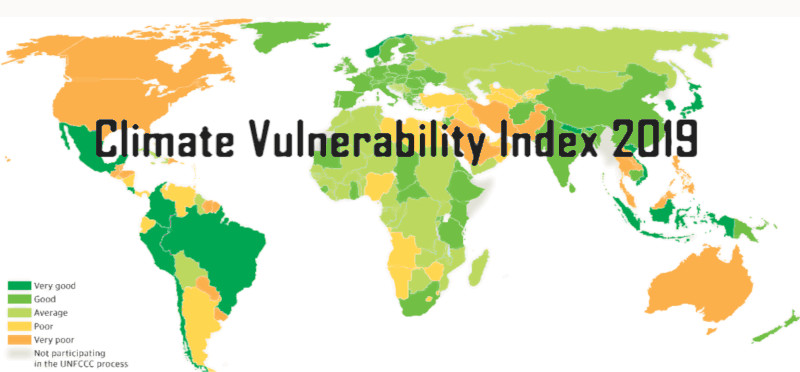
The Department of Science and Technology (DST) is planning to bring out a Climate Vulnerability Index to assess climate risks faced by the States.
Background :
- The idea for an index comes after an assessment of global warming on 12 Himalayan states was presented in UNFCCC in Poland last year.
- The assessment found that states like Arunachal Pradesh, Uttarakhand and Assam are vulnerable to climate change.
How Does The Index Help?
DST is expecting that the index will help the state government by providing actionable inputs in framing better policies.
Methodology For the Index :
- In 2018, a common methodology to assess climate change vulnerability and how hill districts are equipped to handle climate vagaries was formed by the Indian Institute of Technology (IIT) at Guwahati and Mandi and the Indian Institute of Science (IISc).
- The index is based on district-level data.
- Inherent risks a district because of its geography and socio-economic conditions are measured in the index.
Overall there are Eight Key Parameters based on which a Vulnerability Score is generated. They are:
- Percentage of area in districts under forests
- Yield variability of food grain,
- Population density,
- Female literacy rate,
- infant mortality rate,
- Percentage of population below poverty line (BPL),
- Average man-days under MGNREGA (Mahatma Gandhi National Rural Employment Guarantee Act), and
- The area under slope > 30%.
Also Read: Damage To the Environment is the Reason behind Quarter of Global Premature Deaths: GEO
- The index gives a score ranging between 0 and 1 with 1 being the highest level of vulnerability.
- Assam is the top state with a vulnerability score of 0.72, Mizoram with 0.71 is in the second position and Sikkim is the least vulnerable with 0.42 of the 12 Himalayan states.
- But researchers from IIT-Mandi warn that low score means that the states are not completely threat-free. For example, some districts of Uttarakhand are more vulnerable than Assam.
- Also, the threats faced by the sates are not common to each other. For Arunachal Pradesh, low female literacy and high population of BPL are the key vulnerabilities. For Nagaland, steep slopes, loss of forest cover etc are the threats.
Also Read: India’s Rich Biodiversity Areas are also “Hotspots” for Human Impacts
Conclusion :
India is the most climate vulnerable country on earth. The vulnerability is especially on poor people and states. The index with its actionable inputs will definitely come in handy for the state governments to take appropriate actions to mitigate climate risks and avoid loss of life and livelihood of the people.

Leave a Reply
You must be logged in to post a comment.